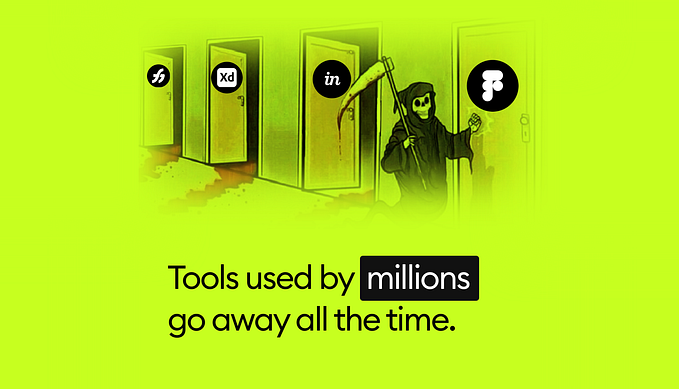Why Storytelling is important in the design process?

Storytelling describes the social and cultural activity of sharing stories, sometimes with improvisation, theatrics, or embellishment. Every culture has its own stories or narratives, which are shared as a means of entertainment, education, cultural preservation or instilling moral values.[1] Crucial elements of stories and storytelling include plot, characters and narrative point of view.
From where storytelling starts.
Storytelling predates writing.The earliest forms of storytelling were usually oral combined with gestures and expressions. In addition to being part of religious rituals, some archaeologists believe rock art may have served as a form of storytelling for many ancient cultures
Storytelling in indigenous cultures

In india, storytelling is known as katha. Katha (or Kathya) is an Indian style of religious storytelling, performances of which are a ritual event in Hinduism. It often involves professional storytellers (kathavahchak or vyas) who recite Hindu religious texts, such as the Puranas, the Ramayana or Bhagavata Purana, followed by a commentary (Pravachan). Kathas sometimes take place in households, involving smaller stories related to the Vrat Katha genre. The didactic Shri Satyanarayan and Ramayana kathas instill moral values by revealing the consequences of human action (karma). Each region of India has developed its own style and tradition of storytelling in local languages.
Epics and puranas, ancient stories of wisdom told in Sanskrit, are the story material common to most regions. Performances are given in temples and at weddings and other religious (or social) functions. The single performer should be versatile in exposition and able to interestingly narrate humorous anecdotes. The storyteller is seen as a teacher who is familiar with ancient texts in Sanskrit and other vernaculars and interprets the religious and mythological texts of the past to the present generation.
This teaching practice of storytelling allowed children to formulate ideas based on their own experiences and perspectives.
In Navajo communities, for children and adults, storytelling is one of the many effective ways to educate both the young and old about their cultures, identities and history. Storytelling help the Navajos know who they are, where they come from and where they belong.
Storytelling also serves to deliver a particular message during spiritual and ceremonial functions. In the ceremonial use of storytelling, the unity building theme of the message becomes more important than the time, place and characters of the message. Once the message is delivered, the story is finished. As cycles of the tale are told and retold, story units can recombine, showing various outcomes for a person’s actions.

Psychology behind Storytelling
The art of powerful storytelling. Everyone has stories to tell, but storytelling is a skill that can be developed and as a tool it can be used to powerful effect. Developed and used purposefully, storytelling can contribute to inclusion and connection, build confidence, and bring about change
Stories communicate values, beliefs, hopes, fears, and dreams of a people in a way that engenders respect and understanding in the listener” (Duryea, Potts. 1993 p. 388). The art of storytelling has a psychological and neurological basis that explains our natural human predilection for narrative.
How Storytelling plays important role in design process?
as we learn about our world through metaphors, not bullet-point specifications, storytelling is the best way to relate to audiences. Effective storytelling means going beyond getting users emotionally invested, to keeping them engaged after their experiences, too, so they attach more meaning to our products/services
1. Story That Engages The Users
2. The Logic
4. Words vs Images
5. Users as Characters
6. The Reward Game
7. Interactive Value
8. Active Visuals
10. The Bigger Picture
11. Power Of Context
Aristotle’s 7 Elements of Good Storytelling

Good stories inevitably involve conflict. Storytelling in design requires you to make users the hero and envision how they can overcome a specific problem using what you’ll offer them. So, start by defining their aims, and clearly plan “user journeys” — steps showing how users might encounter and handle your design in order to achieve goals. The power of storytelling becomes obvious after looking harder at users’ contexts.

Before we could communicate with one another, we could only experience stories in our own heads, within ourselves.
This leads to activity. How would you take every day, slice-of-life moment, and make it digestible through a short non-fiction story? Using yourself as the main character, describe the setting, then plot out the events through a quick exposition, conflict, climax, and resolution, using the guide below.
Thanks
References: https://www.wikipedia.com











